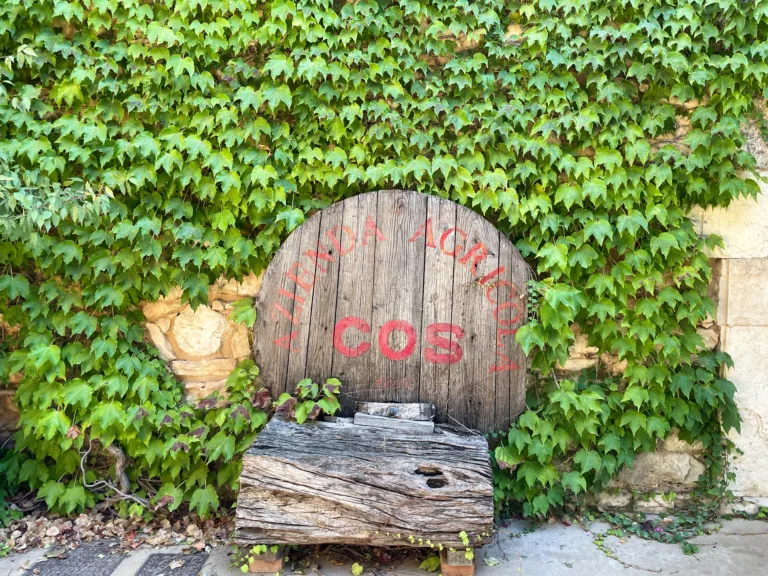So this no/low alcohol thing is a bit trendy, isn’t it?
It is indeed. The fastest growing part of the drinks world, in fact. Some of the biggest names have given it their blessing.
Who? Jancis? Parker? Aubert de Villaine?
Kylie Minogue, Lewis Hamilton and Sarah Jessica Parker.
And they’ve approved it how, exactly?
By launching a sparkling rosé, agave spirit and low-alcohol wine range respectively.
Is SJP’s sparkler called Sekt in the City?
Very good. But actually it’s a 7% alcohol by volume Prosecco, so no.
What? 7% alcohol? I thought the whole point of no/low was that they were all booze-free.
Come on, this is the drinks world. Of course it’s more complicated than that. Low-alcohol is meant to be for anything at 1.2% abv or below [according to UK definitions], but is often used as shorthand for drinks that are just not full-strength. Like ‘small beers’ at 2% or Ms Parker’s Sevenly range, where the clue’s in the name.
So what’s alcohol-free then?
It can vary a bit from country to country, but generally it’s 0.5% abv and below. Zero, you’ll be pleased to hear, means zero. [The UK government is consulting on whether to raise the threshold for describing a drink as ‘alcohol free’ from the currently defined 0.05% to 0.5% abv, in line with other comparable countries.]
My head hurts.
You shouldn’t have drunk four bottles of Sevenly.
0.5% seems a weirdly random number for alcohol-free.
Not at all. It’s a level at which your






